Setting the pace – and pulse in hybrid marine power technology: leading the fleet is the USS Zumwalt Class destroyer.
But Sarum Hydraulics asks how realistic is hybrid marine power technology on smaller vessels?
Hybrid marine power on boats – the buzzword in 2016 is hybrid. There’s good reason that the one word that keeps popping up in the world of marine propulsion is hybrid. This summer’s Electric & Hybrid Marine World Expo was hailed the best show yet, with the pundits heralding huge demand for electric and hybrid propulsion systems, confirming that the marine industry is advancing and adopting electric and hybrid systems at a faster rate than any other industry.
Electric marine propulsion isn’t new – so what’s changed?
We certainly know that electric propulsion on boats isn’t new. Previously, it used to be restricted to those marine vessels that demanded electric – a stealthy submarine leaving a negligible underwater signature or quiet electric boat motoring gently on a tranquil Thames backwater. At Sarum Hydraulics, we make a beeline for any trip that uses electric power, such as our excursions around Amsterdam canals on a Duffy 100% electric taxi boat complete with a PV panel canopy – a hugely enjoyable experience.
There are compelling reasons to go electric when you consider the long-term desire to wean off fossil fuels, which is compounded further by deep concerns over dirty marine diesels. Suddenly electric marine propulsion is not only the attractive clean option, but is a massive growth area with an unlimited potential.
Serial hybrid marine power technologies
The new USS Zumwalt class of destroyer is one extreme. It’s super slick and is the flagship for the next generation surface combatants. With all its gadgetry and a state-of-the art propulsion system using electric motor drives for the propellers, a turbine generator to power these and batteries to provide a very quiet drive when required. Zumwalt is the first US Navy surface combatant to employ an integrated power system (IPS) distributing 1,000V of direct current across the ship. Turbine powering electric motors is not new, yet its ability to run on batteries when stealth is key catapults this cutting edge hybrid propulsion system into the future and Sarum Hydraulics thinks not just for the benefit of the US Navy.
This type of Serial Hybrid will be increasingly common on larger vessels – no mechanical link between the turbine or diesel engine and the propeller, so power is converted into electricity using a generator, which then drives motors to turn the propellers. A hybrid design will include batteries, which are charged up and can be used to drive the propellers instead of the engine. Contrast this with a parallel design where there is still an engine turning the propeller using a shaft, and a clutch enables you to swap the motive power over to an electric motor. The main engine can charge the batteries via the motor/generator when it is also propelling the vessel, but its full power is not required for propulsion. More complicated than a serial system, but also more flexible and delivers more overall efficiency.
Parallel hybrid marine power
Parallel Hybrids are gaining in popularity over serial hybrids, but both options have pros and cons, depending upon the type of vessel and what type of usage. Experts say that Parallel Hybrid is also intrinsically more reliable than a serial system. If an electronic component breaks down then this would disable a Serial system. Yet if a Parallel Hybrid breaks down, then the engine can go on happily providing propulsion in the usual way. More often than not, the Parallel Hybrid will use a smaller electric drive so despite needing a more complicated gearbox, costs would probably be lower than a serial system.
Is hybrid marine power cost-effective on your small boat?
Let’s consider smaller varieties of boats. Even motor yachts and workboats guzzle fuel. A 7-metre workboat at 10 knots might well provide 3 miles per gallon, in automotive language. Bump up the speed or size of the vessel and consumption worsens. The big hike in duty on marine diesel fuel in 2008 undoubtedly cast an ominous shadow over the motor yacht industry. If you end up paying 4,000GBP to fuel up your pride and joy, the sparkle is lost – no matter how wealthy you are. Fuel costs hit the market hard and not least for working boats, where the issue of fuel is the main investment decision. Greenline, which offers 33-, 40- and 48-foot production powerboats, is perhaps the most successful with the hybrid concept to date. Not only do the boats employ hybrid-propulsion systems, but they also include solar panels on the housetop and other “green” measures to optimise efficiency.
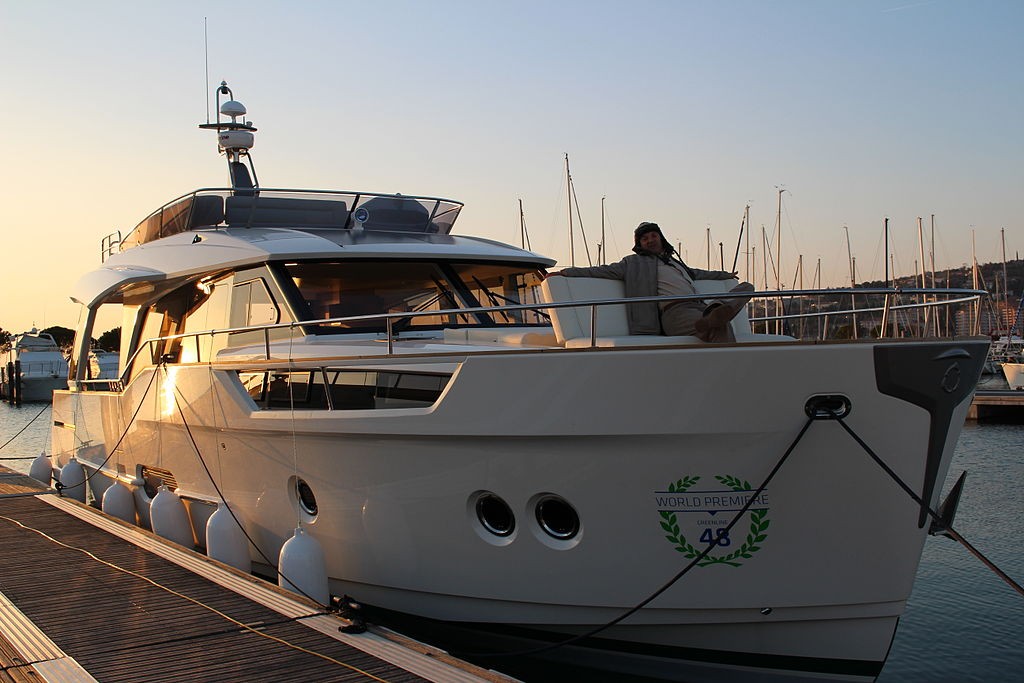
The Greenline Hybrid 48 employs a hybrid marine power propulsion system and solar panels.
Naval architects, commercial operators and indeed yachties will decide what they actually want from a vessel when drawing up its specification. Will it use a displacement, semi displacement or planing hull? What propulsion system is the best choice? The answer is intrinsically linked to what you want from your perfect boating experience, or what job you will be doing. There is always an element of compromise at the design stage. In recent years, catamarans and water jet drives have made a real difference for commercial users. Now, we think that the hybrid option just stands out as very attractive indeed for lots of applications and users.
Can a hybrid marine power train really save you 80% on fuel? It depends how you use it!
Deconstructing how you physically operate and manoeuvre the vessel may help to shed light. So for example, what about starting with slow speed operation: if you spend quite a lot of time manoeuvring, ticking over to hold a position, trolling at slow speed or in a 4 or 6-knot speed limit, could a hybrid marine power train save you 80% of your fuel cost when you are pottering about? That is the claim! That must apply to lots of vessels. Another scenario to ponder over is wind farm service vessels, which depend on high-speed capability to reach the array, but there are invariably certainly long periods at low speed, holding a position or simply stemming the tide. Here the sums do add up.
Are Venetian water taxis a prime example of potential hybrid marine power users?
Move from Northern Europe down to the Adriatic and consider water taxis in Venice. The press recently reported on the deliberations over the future shape of the wonderful high-speed “motoscafi” marine taxis. These can whisk you from Marco Polo Airport to La Serenissima at 25 knots. But once inside the 26 miles of Venetian canals, you are limited to barely 3 or 4 knots. That is very inefficient for a planing hull. At Sarum Hydraulics, we ponder whether this is an obvious case for hybrid drive? Well, both yes and no. Yes in principle because it’s ridiculous to use a big marine diesel on tick over all day long. And No, because other than the cost of the hybrid installation, you need to fit in and carry a 350kg battery pack. That equates to four or five people, which then forces the use of a larger craft and needs a bigger diesel to maintain the performance.
Admittedly, Venice is unique in that taxi pundits require speed for part of the job then are stuck at a slow pace. We should consider less complicated markets in Europe for electric propulsion such as Amsterdam and the city’s water taxis or tour boats, which will benefit enormously from an all-electric perspective in the near future. Whether its hybrid, diesel/electric or pure electric with only batteries, at Sarum Hydraulics we think this will happen very soon. The local Amsterdam tour boat operators were arguing with the authorities only a few moths ago on impending eco plans.
BB Green the world’s first air-supported vessel uses a fully electric marine propulsion system – but why did they not choose hybrid?
Experts are in no doubt that full electrification of passenger ferries will reduce local emissions and provide silent and comfortable transportation on waterways. BB Green, the world’s first air-supported vessel (ASV) powered by a lithium-ion battery energy storage system and e-motors was in Riga, Latvia. The 25-ton vessel, which is also the world’s fastest ASV, operates at a speed of 30 knots (56km/h) propelled by two 280kW electric motors. BB Green’s 200kWh LTO energy storage system enables the vessel to operate at high speed for more than 30 minutes with a 14-nautical mile (26km) range; it also benefits from fast charging for 15-20 minutes. Holding up to 70 passengers plus bikes, BB Green has been developed for commuting on inland waterways from outer suburbs to city centres.
Can I retrofit an electric marine propulsion system to my own boat?
Another pertinent question to ponder is whether you can retrofit an electric drive on your own boat? At the recent Seawork commercial boat show in Southampton, Sarum Hydraulics noted a very neat clutch from the Italian manufacturer Transfluid that switches over from diesel to an integral electric motors of up to 75kW/100HP. This hybrid system enables you to operate at normal cruising speed with a traditional diesel engine, as well as allowing you to glide along in designated areas with zero emissions or in ports and marinas where silence and reduced pollution are encouraged without disturbing the calm surroundings. You might even just enjoy pottering across the Solent at 6 knots without those roaring diesel engines. This sounds like a serious proposition to us.
Sarum swears by Yanmar marine diesel engines and was very interested in a very neat parallel hybrid unit developed by Hybrid Marine Ltd and Barrus. This configuration will become widely used in the market up to 100hp/75kW. Look on http://www.barrus.co.uk/divisions/special-products/our-products/hybrid-propulsion/
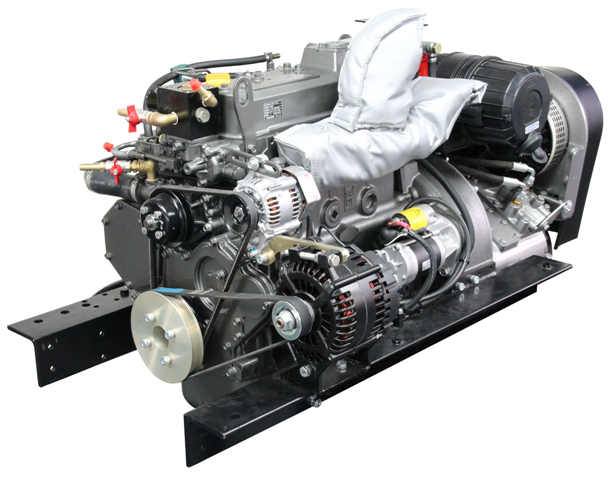
The Yanmar marine hybrid diesel engine. See: http://www.barrus.co.uk/divisions/special-products/our-products/hybrid-propulsion/
Everything comes back to batteries – are boats better able to carry cumbersome current battery technology than cars?
When weighing up electric motive power, whether for use in boats or cars, even aircraft, everything keeps on coming back to batteries. The perfect battery weighs very little, is great value and charges quickly. Unfortunately, the product does not yet exist and despite incredible advances in battery tech, it is some years away. Maybe boats and ships can inherently more easily carry the bulk of a battery pack, but you are still carting that extra mass around. Fitting it in to add to the stability of the vessel rather than detracting may be easier said than done on smaller vessels. What we do know is that a well-designed hybrid system can offer a number of operational and environmental benefits, and may be dramatically more fuel-efficient than a diesel system in the right application. If you have a ferry or service boat that will be worked hard, you will get payback. Move to the world of yachting where many craft are hardly used and the hidden caveat is that many owners may never see an economic payback or indeed any savings at all.
See what we do on www.sarum-hydraulics.co.uk.
Image credits: Banner image – General Dynamics Bath Iron Works CC-BY-SA-2.0; Greenline Hybrid 48 – Andy Kamy CC-BY-SA-3.0

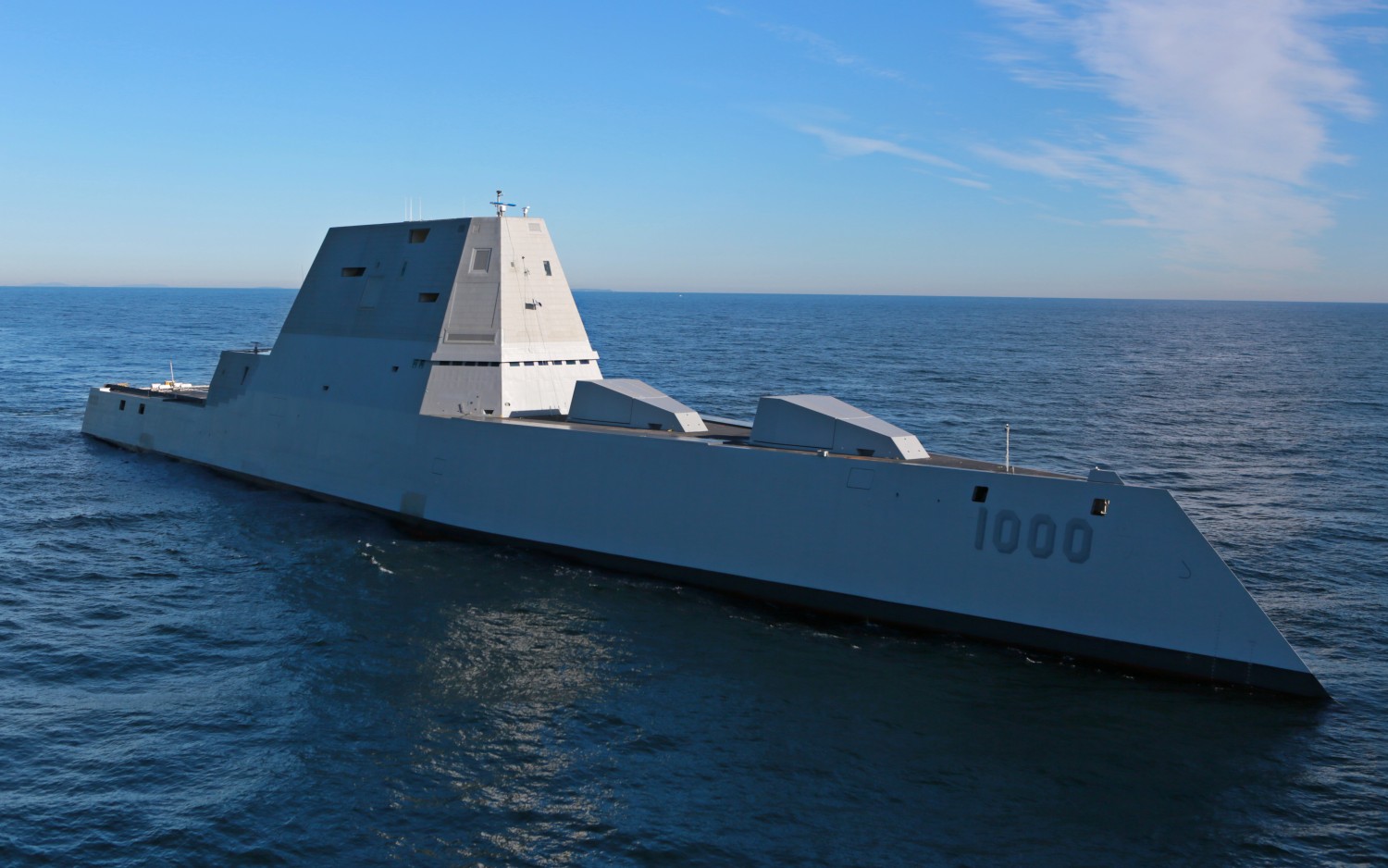
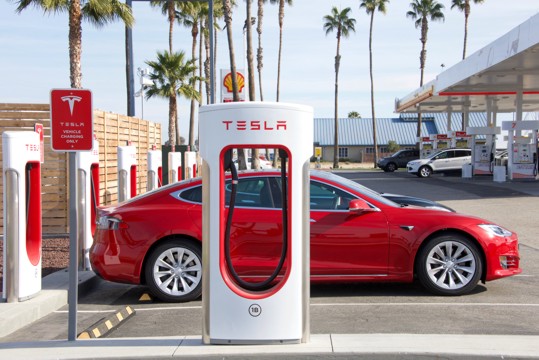


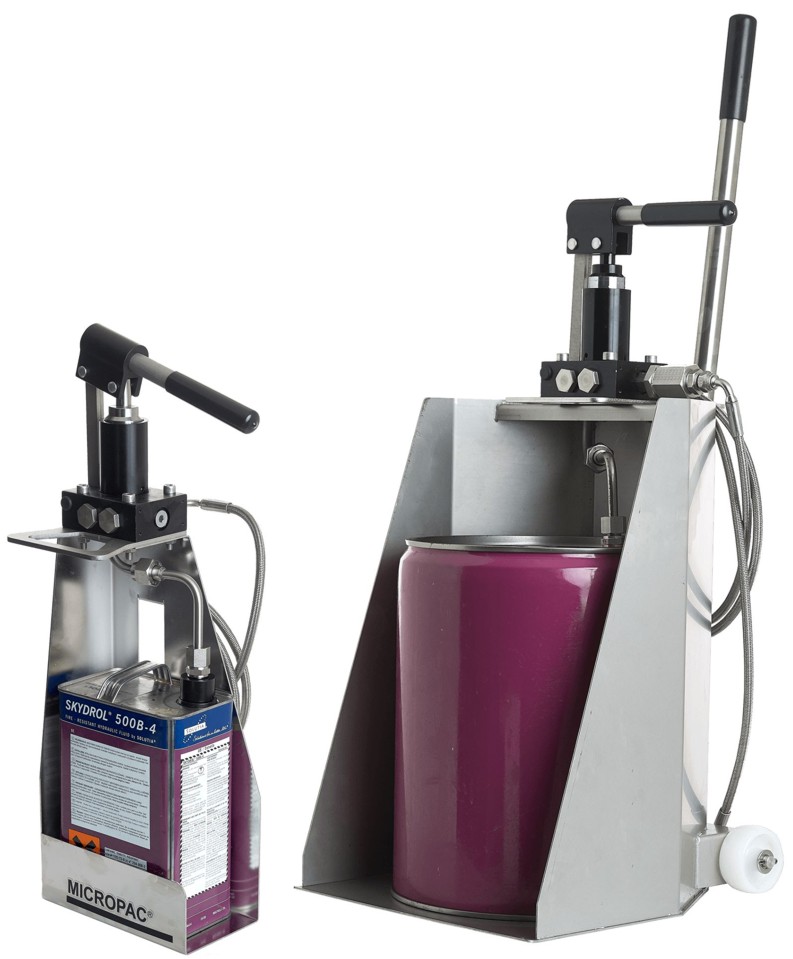
Marine Hybrid Propulsion System Market Size, Status and Forecast 2018-2025@
https://www.grandresearchstore.com/ict-and-media/global-marine-hybrid-propulsion-system-2018-2025-121
Thank you so much, Komal. This sector is big news. Shipping will be transformed. Exciting engineering along the way! John